From Gabe Kleinman on Miyoko Schinner:
“We want to be the leader in this space. We’re not just selling cheese — we’re revolutionizing dairy with plants. This will be the new norm in a matter of years, not decades.”
As we wrapped up, Miyoko made mention of misreported news that Miyoko’s Kitchen was being acquired by Nestlé. Some of her fiercest devotees were devastated and angry, taking to social media to protest. After quelling the protests, she reflected on the advantages of plant-based startups working with Big Food categorically. “Because of companies like Beyond Meat and Memphis Meats, Tyson [which invested in both] is now headed in a different direction.”
It’s easy to be upset that Miyokos Creamery would partner with Nestle, but the idea that Miyokos can be a nationwide product excites me. When I return home to my small town in the midwest, they don’t have all the products I do in Los Angeles. If this gets them in bigger chains across the globe, it’s a net positive.
Also, I love their cashew-based cheeses and can’t wait to try their new cheeses made of beans. The cost differential should be massive, and I’m betting they’ll be just as delicious.
